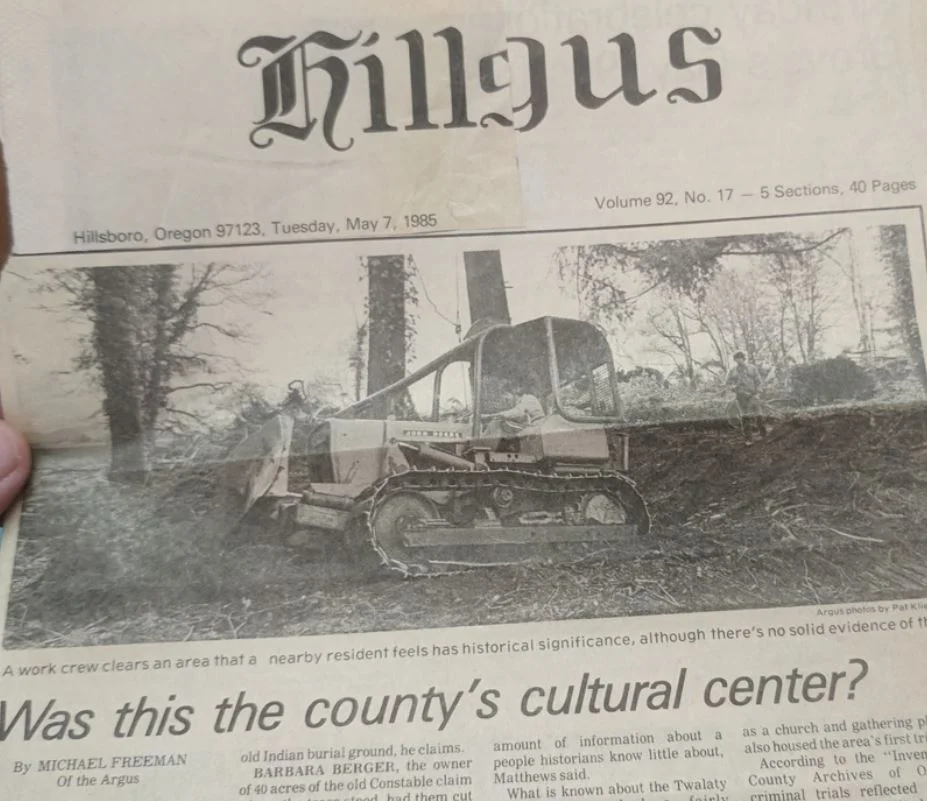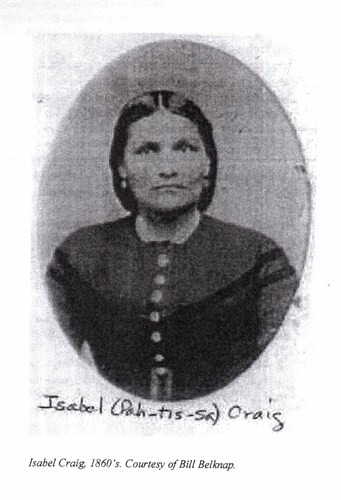FOR IMMEDIATE RELEASE
Nez Perce Elders to Visit North Hillsboro Grave Site for Memorial Dedication
A Monument Will Be Dedicated to the Methodist Meeting House on the Tualatin Plains and the Children
of Virginia and JosephMeek
Methodist Meeting House Monument on the Tualatin Plains
Hillsboro, OR - November 16, 2023 -
On Thursday, November 30th, Nez Perce elders Silas Whitman and
Chuck Axtel will visit the original site of the Methodist Meeting House on the Tualatin Plains within
present-day Hillsboro, Oregon, to dedicate a monument to the site and the children of Virginia and
Joseph Meek, who were buried there. Virginia Meek was of Nez Perce lineage. Joe Meek was a fur
trapper turned farmer and among the first settlers in the Tualatin Valley. Silas Whitman and Chuck Axtel
are members of the Nez Perce Circle of Elders.
The dedication will take place at 10:00 AM at the site, which is across Starr Blvd from the ShuteMeierjurgen Farmstead at 4825 NE Starr Blvd, adjacent to the newly completed Amazon Fulfillment Center at 4230 NE Huffman St, Hillsboro, OR.
The dedication will be followed by a reception at the historic Shute-Meierjurgen home and barn across from the site.
At 2:00 pm, the Nez Perce elders will lead a discussion on the presence of the Nez Perce in Oregon, including salmon restoration efforts in NE Oregon. The discussion will take place at the Eagles Nest Reserve Vineyards & Event Center in Helvetia.
About the Methodist Meeting House
The Methodist Meeting House was built in 1844, on land made available by Edward Constable to
accommodate the local Methodists who had held camp meetings for the circuit-riding preachers. The
building was used for the earliest court proceedings in what was called the East Tualatin Plains. Other church denominations also used it. By 1865, the Hillsboro Methodist Congregation was building a
church in Hillsboro and the Methodist Meeting House was dismantled and used in the new building.
About the Children of Virginia and Joseph Meek
Virginia and Joseph L. Meek had twelve children. Family records state that five of those children were
buried near the Methodist Meeting House. The children were Hiram Meek (1842), Dallas Meek (1847),
Unnamed infant (1854), Josephine Meek (1860), and William H.H. Meek (1860). The exact number of
burials that occurred near the Methodist Meeting House is unknown.
About the Dedication
The dedication of the monument is a way to honor the memory of the Methodist Meeting House and
the children of Virginia and Joseph Meek. It is also a way to recognize the Nez Perce people who have
been a part of Oregon's history for centuries. Despite the use of cadaver dogs, archaeological work, and
ground-penetrating radar, no definitive location of the exact grave sites and former church were found.
However, based upon the historical record, the City of Hillsboro and the State of Oregon agreed in 2004
to locate a monument on a 1-acre site at this location. The Meek-Plains Historians and other community
members worked tirelessly with the landowner and the City of Hillsboro to make this important
memorial a reality. The monument will forever mark the location and be a reminder of what the Oregon
State Historic Preservation department has called one of the most important sites in Oregon.
About the Nez Perce Elders
Silas Whitman and Chuck Axtel are two Nez Perce elders who are dedicated to preserving and sharing
Nez Perce culture. They are both well-known speakers and have been featured in numerous documentaries and publications.
About the Eagles Nest Reserve Vineyards & Event Center
Eagles Nest Reserve is in Helvetia, Oregon, at 12995 NW Bishop Rd, 3 miles north of Hwy 26 off of
Helvetia Rd. Eagles Nest Reserve is owned and operated by the Mecklem family.
We hope to see you there!
Hillsboro Historical Society
Contact:
Dirk Knudsen
503-799-8383
dirkknudsen@gmail.com
Contact for Nez Perce elders:
John Platt
503-348-0882
johnplatt@helvetia.us





















